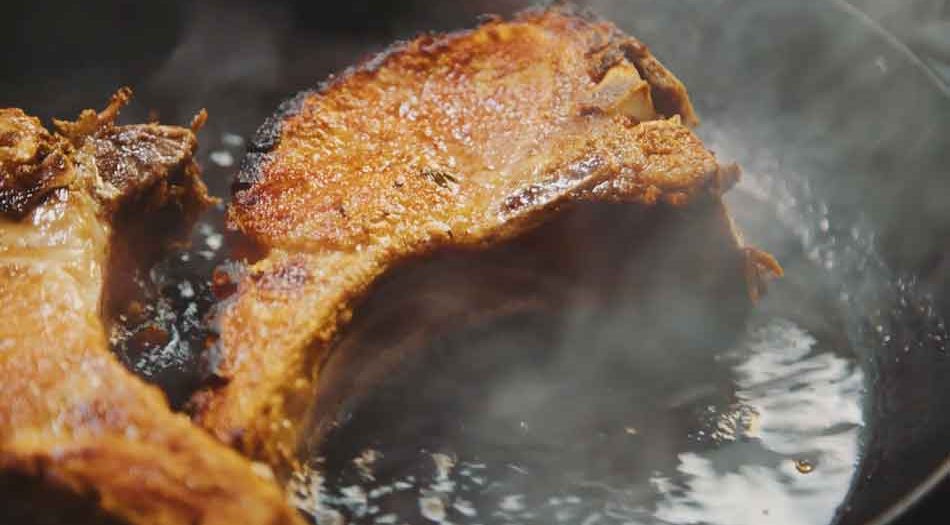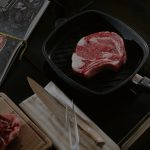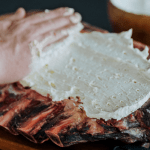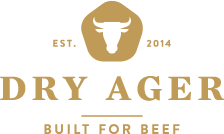Dry Aged Pork Trial with the DRY AGER™ DX1000 Premium

What could be better than a perfectly cooked slice of pork? If that pork was dry aged, of course.
The team at Dry Ager Australia decided to experiment with how much we could enhance a regular cut of pork with the use of our aging cabinets. But the results of this Dry Aged Pork trial amazed and excited even us.
On February 2nd, 2022, we loaded a large cut of pork belly & ribs into our DRY AGER™ DX1000 Premium Black Edition. The total weight of the meat was 7.39kg.
Over the following 21 days, we examined the changes in look, feel and weight-loss for each cut. At the end of the trial came the fun part. We cooked up our dry aged pork and shared it with the team – for research purposes of course.
The Trial
Overall, the pork reacted to dry aging similarly to other proteins like beef. Interestingly, we found that the pork took a few extra days than beef to form its crust. While the colour change with a white meat wasn’t as obvious as beef, the change in texture was very similar.
We ran the dry aging program for a total of 21 days. One of the first things we noticed on its completion was that the pork aroma had become a lot stronger and sharper. Then, while cutting up the belly and ribs, we realized just how soft and tender the inside of the pork has now become.
Pork can be quite a tough and dry meat, so dry aging it to retain its great flavour, while increasing the juiciness and tenderness of the flesh elevated ordinary pork to something truly special.
End Results
- Starting weight: 7.39kg
- Finished weight: 6.25kg
Key Learnings:
- What does Dry Aged pork taste like?
We found that Dry Aging pork beautifully enriched the taste of the pork. The pork crackle peeled beautifully off the pork flesh, as the aging process weakened tough muscle membrane. Our team described it as blissful experience with every bite.
To make sure we could accurately measure the changes generated in the dry aged version, we cooked wet-aged pork alongside it. The dry aged version was markedly softer and more tender than its counterpart.
- What cut of pork is best for Dry Aging?
While we only tested belly and ribs, we can highly recommend belly. Make sure when purchasing, you find a cut with as much fat covering as possible.
This will minimise the weight-loss from the actual meat, and ensure you get the best possible depth of flavour.
The Dry Aged Pork Cook-Up:
- Separate the ribs from the belly and remove the hard, dry aged membrane
- Cut the belly into large square cuts
- Score the membrane/fat to help great crackling form
- Salt the scored section of the belly and refrigerate, uncovered overnight
- With a deep oven tray, play each cut into a tray, adding salt and seasoning the base of the tray
- Place the belly in the tray (crackle side up) and fill it up with milk to just below the skin
- Using a combi oven, if possible, we used a UNOX, cook for 10 minutes on 250° with steam, topping up the milk after 10 minutes
- Continue to cook for another 10 minutes on 250° with steam
- Turn oven down to 160° for 40 minutes
- Let it rest for approximately 15 minute
- Cook the ribs on a BBQ with a seasoning of your choice





